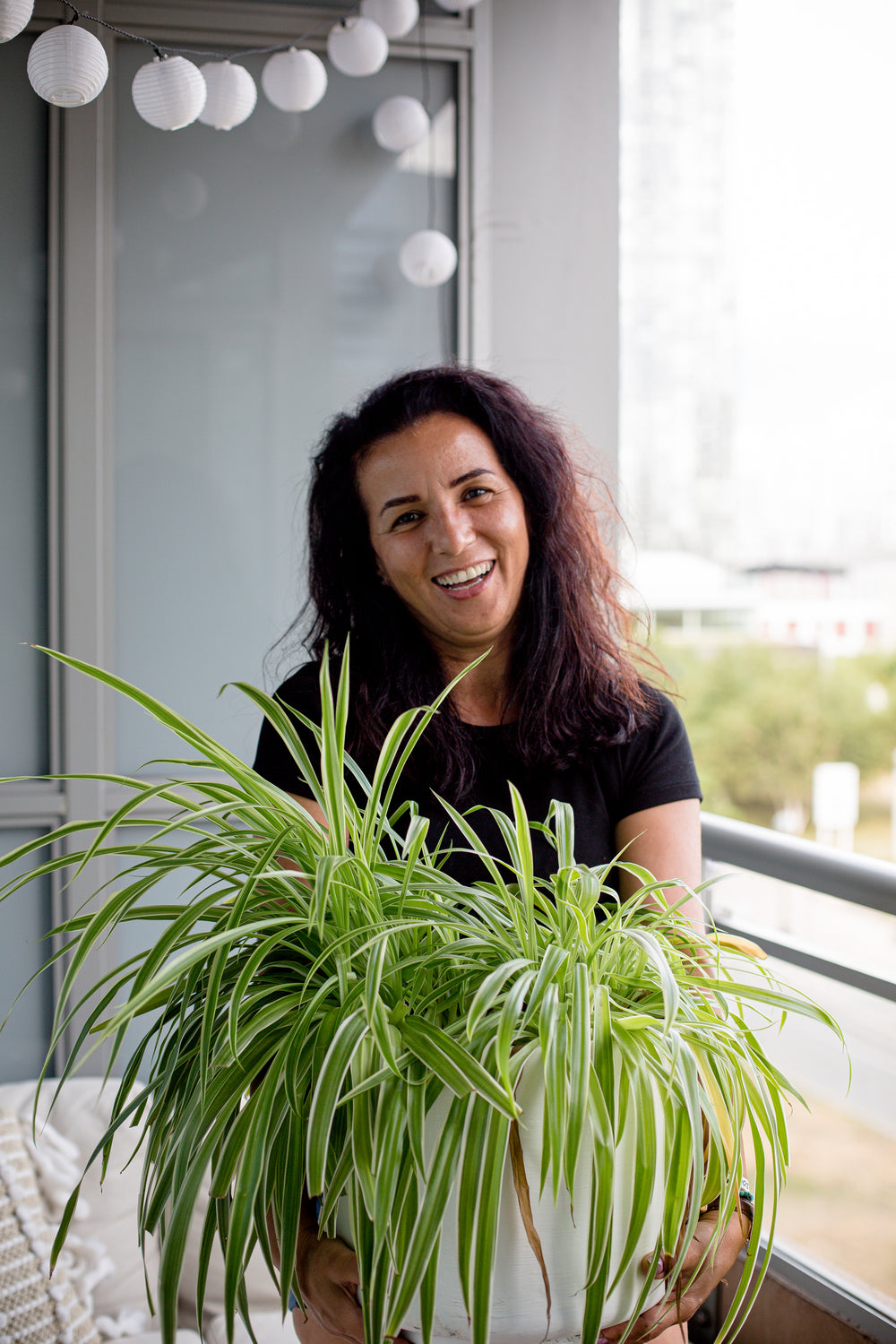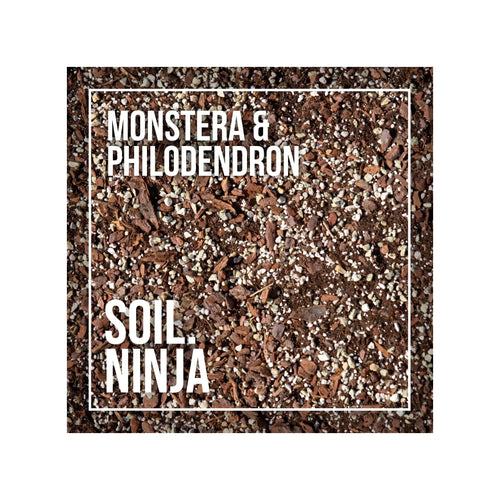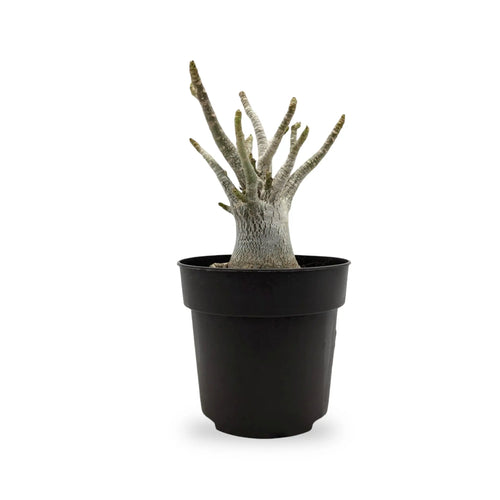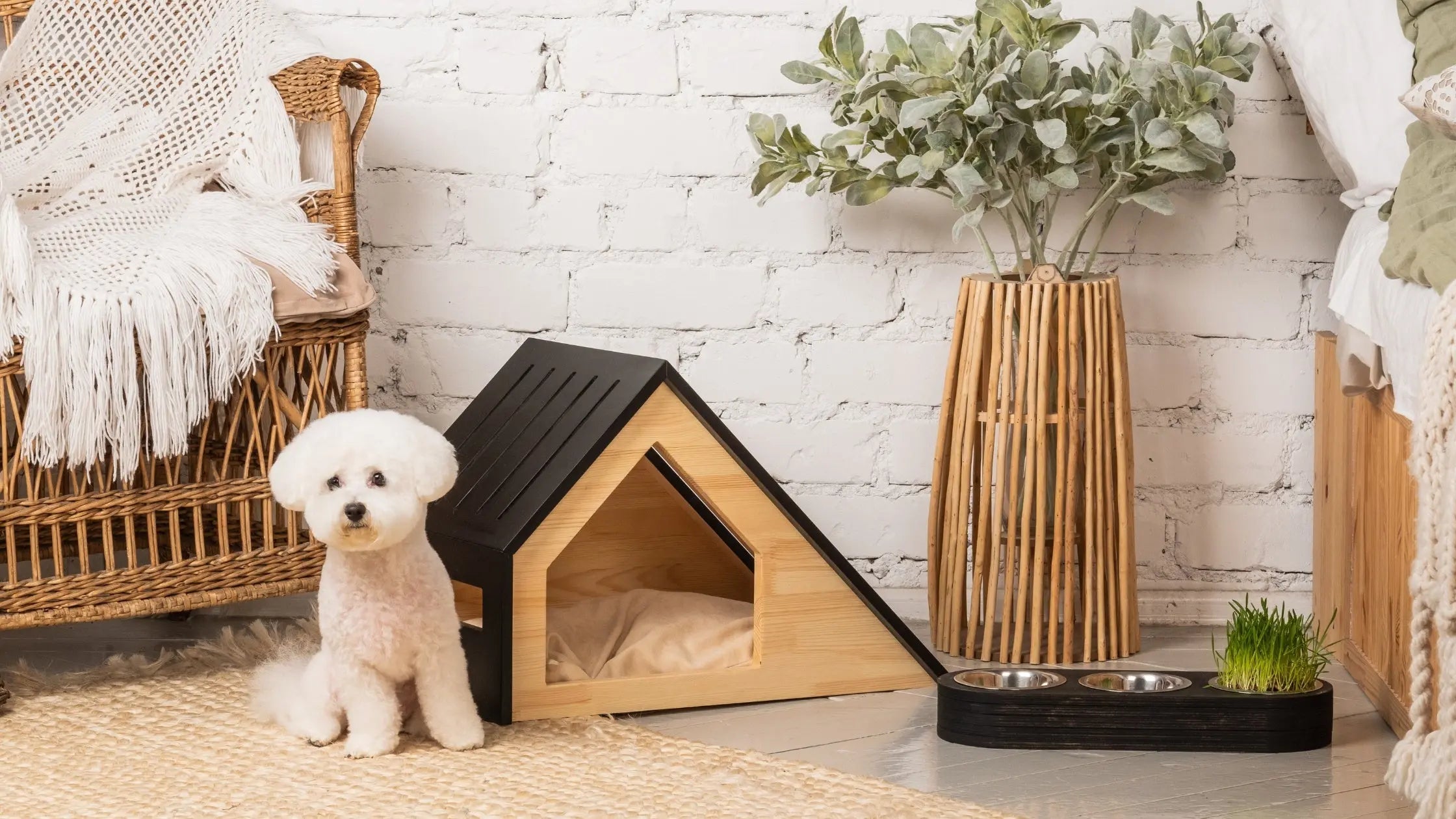Having houseplants can enhance the beauty of your home, improve air quality, and create a relaxing atmosphere. However, for pet owners, ensuring that indoor greenery is safe for their cats and dogs is essential. Fortunately, there are plenty of non-toxic houseplants that can coexist harmoniously with pets while adding life to your living space.
A home should be a haven for all its inhabitants, including pets. While houseplants bring vibrancy and purification benefits, some can pose a risk to animals that enjoy nibbling on leaves. With a growing interest in pet-friendly plants, many homeowners are seeking options that are both safe and stylish.
If you're looking to introduce greenery while keeping your furry companions out of harm’s way, here are some of the best non-toxic houseplants to consider.
1. Safe Palm Varieties
Palms are a popular indoor plant choice, but not all are pet-friendly. While species like the Sago Palm can be toxic, safer options include the Kentia, Areca, and Parlour Palms. These elegant plants bring a tropical touch to interiors without posing a threat to curious pets.
2. Blue Star Fern
Many fern species are pet-friendly, and the Blue Star Fern stands out with its unique blue-green fronds. Adaptable and resilient, this plant thrives in humid environments, making it a great choice for kitchens and bathrooms.
3. Fishbone Cactus
This eye-catching cactus, also known as the Zigzag Cactus, is easy to maintain and adds a playful element to home decor. Native to Mexico, it requires minimal care and can bloom when given the right conditions.
4. Spider Plant (Chlorophytum Comosum)
One of the most resilient houseplants, the Spider Plant is both pet-friendly and air-purifying. Cats and dogs may be drawn to its long, arching leaves, but it is completely non-toxic. Plus, its offshoots make it easy to propagate and expand your plant collection.
5. Banana Plant
Adding a tropical feel to any space, the Banana Plant is safe for pets and thrives in warm, well-lit environments. A sturdy choice, the dwarf variety is particularly popular for homes with limited space.
6. Boston Fern
Renowned for its air-purifying qualities, the Boston Fern brings texture and charm to interiors. This plant flourishes in humid areas and should be placed in a location where it won’t be handled frequently, as its delicate fronds can be sensitive to touch.
7. Calathea
Calatheas are prized for their striking foliage, and they are a great pet-friendly option. Varieties like the Stromanthe Triostar, Pinstripe Calathea, and Calathea Rufibarba are safe choices that add a decorative flair to indoor spaces.
8. Money Tree
The Money Tree is a popular indoor plant known for its braided trunk and low maintenance requirements. It stores water in its trunk, making it easy to care for, and is a safe option for households with pets.
9. Chinese Money Plant (Pilea Peperomioides)
This compact and stylish plant prefers indirect sunlight and minimal watering. Its round leaves make it a unique addition to home decor, and it produces small offshoots that can be repotted and shared.
10. Selected Succulents
While some succulents are harmful to pets, species such as Blue Echeveria, Burro’s Tail, Ruby Heart, and Opuntia are safe options. These low-maintenance plants thrive in dry environments and require little care.
11. Guzmania Bromeliad
This vibrant houseplant adds a pop of color to interiors while being completely pet-friendly. Its bright bracts last for months, making it a long-lasting decorative choice.
Plants to Avoid
While many plants are safe, some should be kept away from pets due to their toxic properties. These include:
-
Aloe Vera
-
Lilies (such as Belladonna and Kaffir)
-
Hawaiian Ti
-
Ornamental Pepper Plant
-
Sago Palm
-
Winter Cherry
-
Amaryllis
-
Rubber Plant
Some plants release sap or other substances that can be harmful when ingested. It’s always best to research plant species before introducing them to a pet-friendly home.
How to Prevent Pets from Eating Plants
To keep pets from nibbling on houseplants, try the following strategies:
-
Elevate plants: Place them on high shelves or in hanging planters out of reach.
-
Use deterrents: Spraying diluted lemon juice on leaves can discourage cats from chewing on them.
-
Provide alternatives: Offering pet-safe toys and distractions can reduce their interest in plants.
By selecting the right houseplants and taking precautions, you can create a beautiful indoor garden that is both pet-friendly and visually appealing. With these non-toxic options, your home can be a safe and inviting space for both you and your furry companions.










